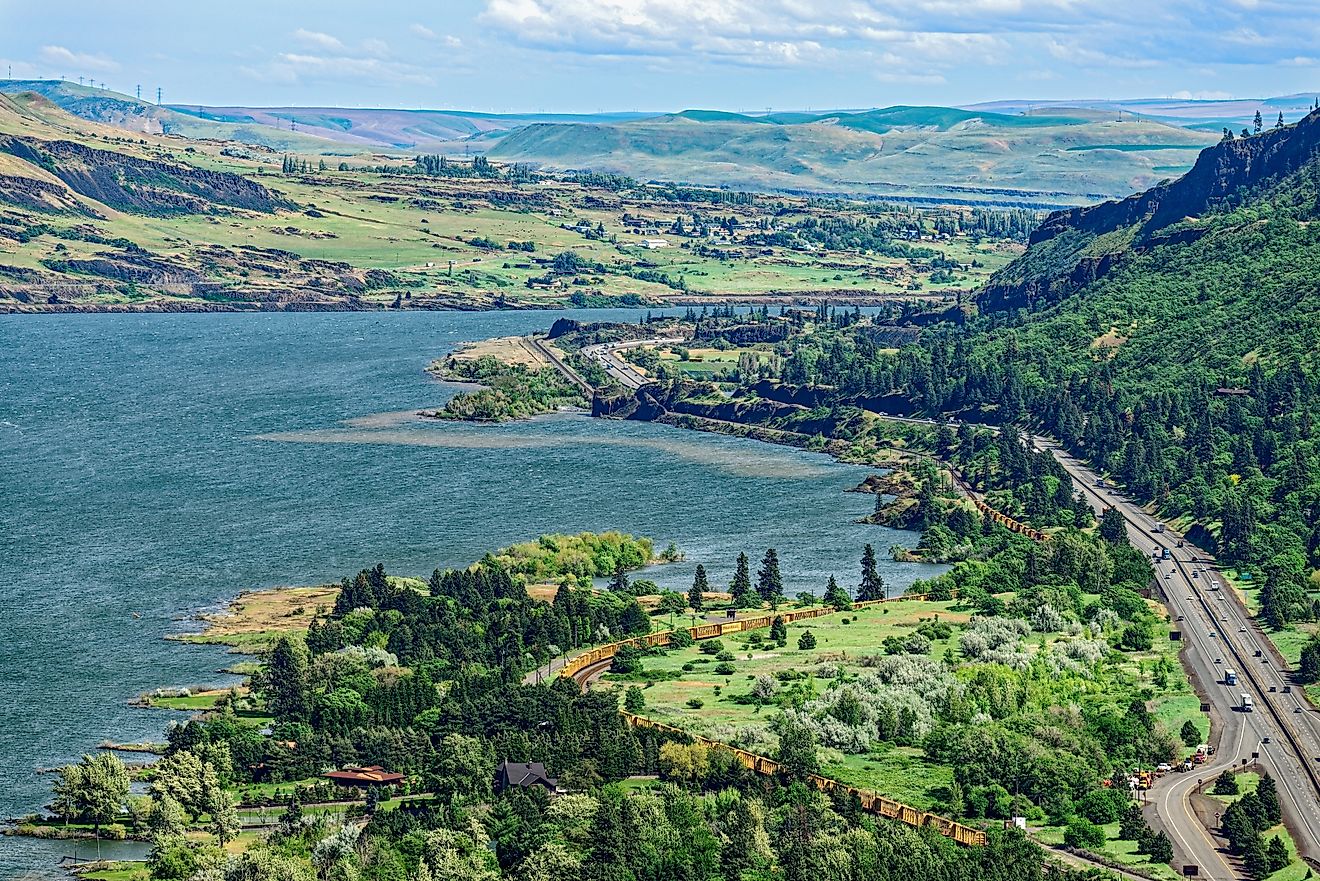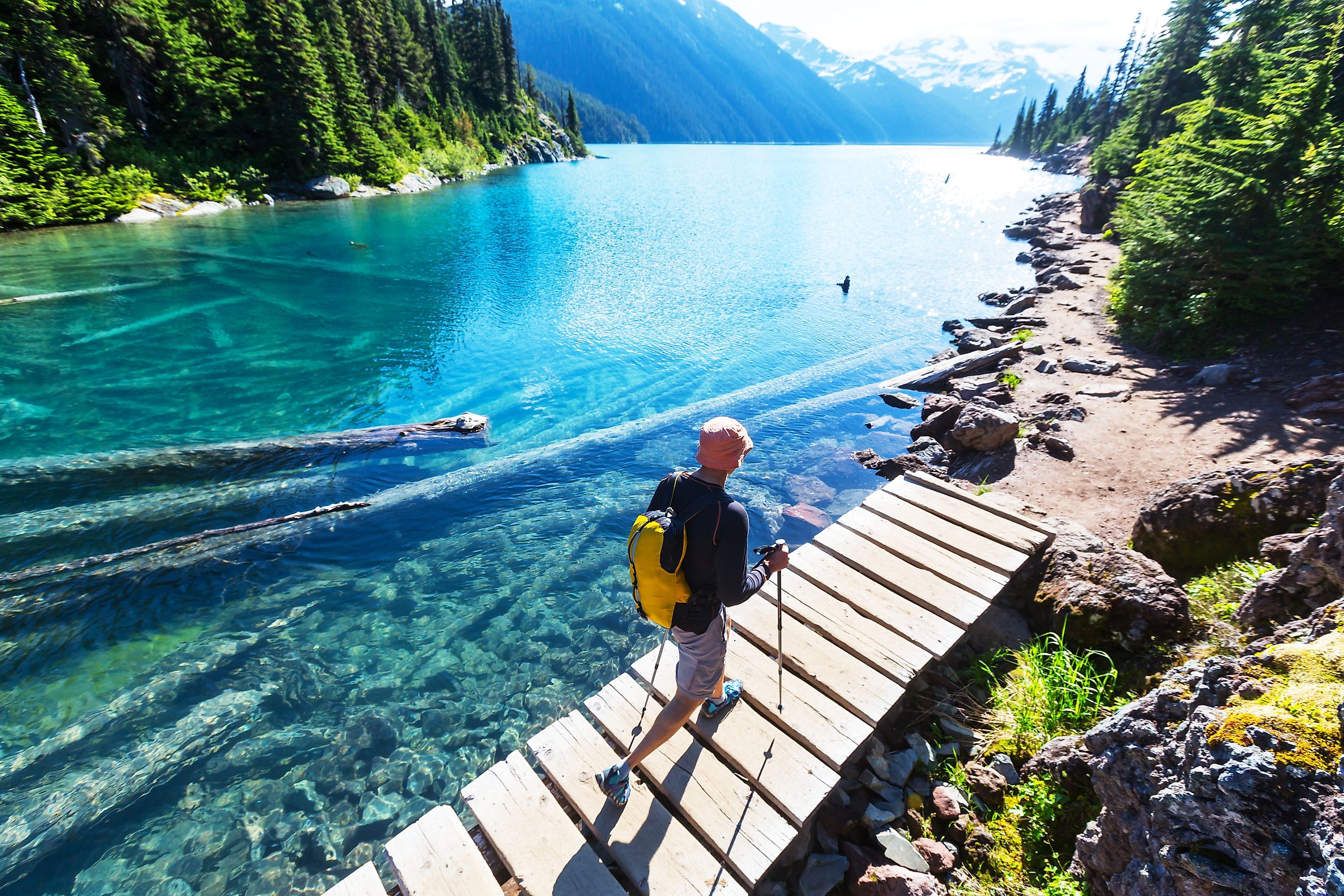
The Pacific Northwest
Stretching from the rugged Pacific coastline to the towering peaks of the Rockies, the Pacific Northwest (PNW) stands as one of North America’s most geographically and culturally distinctive regions. Known for its lush rainforests, active volcanoes, and storied past, the PNW is often loosely defined—but consistently revered. Most commonly, it includes the US states of Oregon, Washington, and Idaho, along with the Canadian province of British Columbia. However, some definitions extend farther—reaching as far north as Alaska and as far south as Northern California.
While no rigid borders define the Pacific Northwest, its identity is unmistakable, shaped by the collision of nature’s raw elements and the imprint of deep human history. Here’s what makes the region so fascinating.
Indigenous Roots and Early Inhabitants
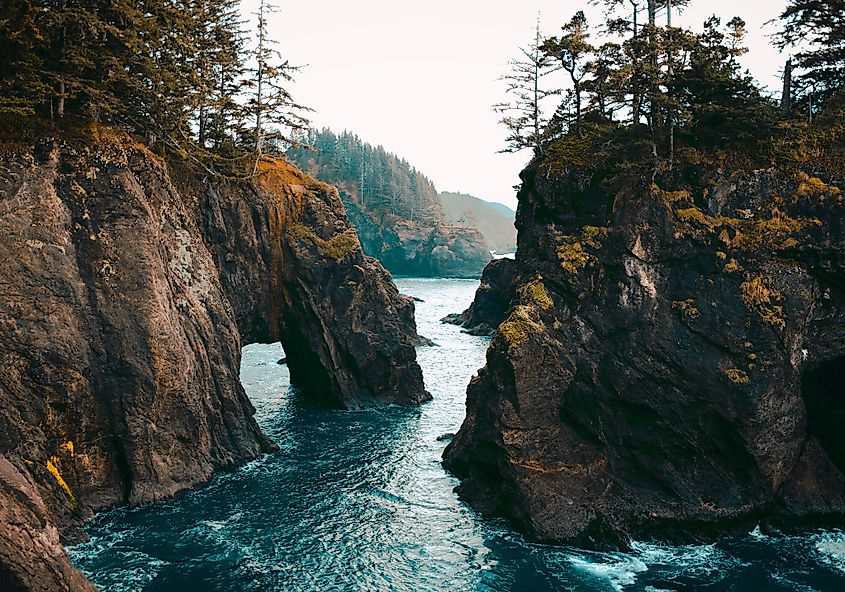
Long before European exploration, the Pacific Northwest was home to some of the most complex and prosperous Indigenous societies on the continent. Along the coast and major rivers, Indigenous communities such as the Haida, Tlingit, Coast Salish, and Chinook thrived. Rich fisheries—especially abundant runs of salmon—sustained these societies, enabling them to develop large, permanent settlements despite a reliance on hunting and gathering.
The cultures here were highly stratified, with social systems based on rank and prestige, expansive trade routes, and intricate art forms, including totem poles and ceremonial regalia. These communities defied typical expectations of pre-industrial societies, presenting anthropologists with a striking example of complex civilization without agriculture.
Inland, other Indigenous groups adapted to the environment of the Columbia Plateau and beyond. These societies ranged from mobile bands to affluent, semi-sedentary communities that mirrored the coastal groups in terms of cultural sophistication. Artifacts found in places like Paisley Caves in Oregon suggest human presence as far back as 14,500 years—supporting theories that this region was a key migration route for early humans crossing into the Americas.
A Landscape in Motion: Mountains, Water, and Fire

Geologically, the Pacific Northwest is one of the most dynamic regions in North America. It straddles the Cascadia Subduction Zone, a tectonic boundary capable of unleashing powerful earthquakes and tsunamis. The last megathrust event occurred in 1700, and scientists believe that similar seismic activity occurs roughly every 500 years.
Adding to this volatility is a chain of active volcanoes forming part of the Pacific Ring of Fire. Iconic peaks like Mount Rainier, Mount Hood, Mount St. Helens, and Mount Shasta dominate the skyline. Each one represents a living geological story—with St. Helens erupting as recently as 1980, reminding locals of the land’s instability and resilience.
Beyond the mountains, the Columbia Plateau stretches out, bearing the scars of massive Ice Age floods that carved canyons and created what’s now called the Channeled Scablands. The Columbia River, which slices through this plateau and the Cascades via the Columbia River Gorge, is the lifeblood of the region, offering hydroelectric power, irrigation, and iconic scenery.
Coastlines and Rainforests: The Wet and the Wild
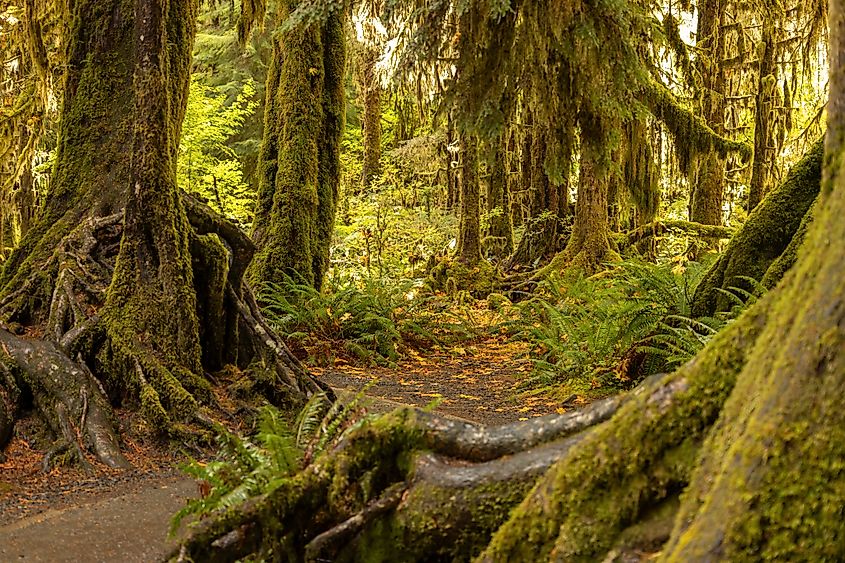
If the Pacific Northwest is known for anything, it’s the forested coastlines and misty fjords that stretch for thousands of miles from Oregon to Southeast Alaska. This is one of the longest fjord coastlines in the world, punctuated by inlets, islands, and dense temperate rainforests.
Southwestern Oregon boasts stands of towering coast redwoods—the tallest trees on Earth—while Douglas firs dominate the forests further north. These old-growth forests are a cornerstone of the region’s natural heritage and a powerful symbol of its ecological wealth.
The Pacific Northwest’s islands are equally enchanting. Vancouver Island, Haida Gwaii, and the Gulf and San Juan Islands are known for their unique ecosystems and stunning seascapes. These islands are rich in biodiversity and cultural history, offering a quieter, more contemplative side of the region.
Cities Born from Timber and Steel—Now Powered by Innovation
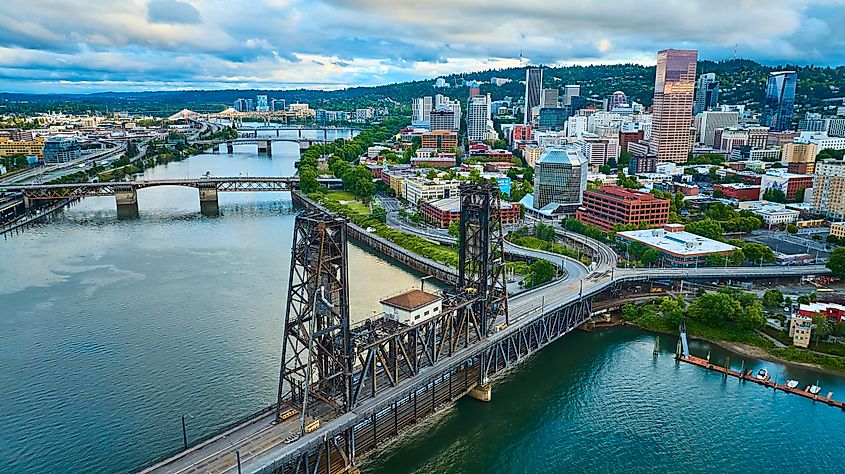
The major cities of the Pacific Northwest—Seattle, Portland, and Vancouver—owe their origins to natural resources. Timber, fishing, and mining once defined their economies. Seattle and Tacoma began as logging ports; Portland was a key hub along the Willamette and Columbia Rivers; Vancouver served as a gateway to British Columbia’s interior riches.
Over time, these cities evolved into thriving urban centers fueled by technology, global trade, and a strong sense of environmental awareness. Seattle’s emergence as a tech giant—home to Amazon and Microsoft—gave rise to the “Silicon Forest,” a regional innovation corridor that includes Portland and Vancouver. Meanwhile, each city maintains a strong sense of identity, shaped by its natural surroundings, countercultural roots, and international influences.
Greater Seattle leads the region in population with over 4 million people, followed by Metro Vancouver (2.84 million) and Greater Portland (2.5 million). These metros sit near waterways and greenbelts, reflecting the region’s intrinsic balance between growth and preservation.
Climate and Ecology: A Region of Contrasts
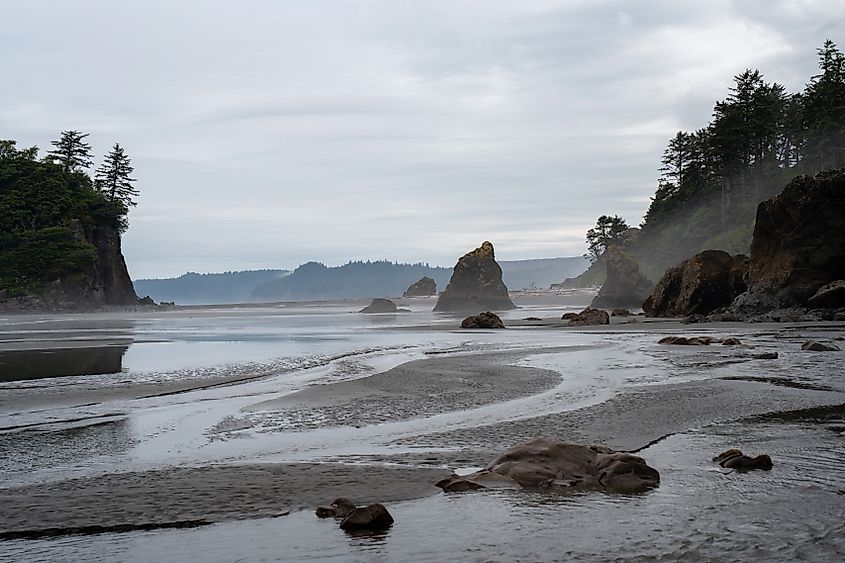
The Pacific Northwest’s climate varies dramatically depending on where you are. West of the Cascades, the region is famously wet, with cool temperatures and dense clouds dominating much of the year. Cities like Seattle, Portland, and Vancouver fall under a warm-summer, Mediterranean climate classification.
Head east of the Cascades, and the landscape transforms into semi-arid plateaus and valleys. Rain shadows cast by the mountains create dry, sunny basins like the Harney Basin in Oregon. Alpine and subarctic climates take over in the higher elevations and farther north into Yukon and Alaska.
This climatic diversity supports an astounding range of ecosystems—from mossy coastal rainforests to sagebrush deserts and glaciated mountain ranges.
National Parks and Natural Treasures
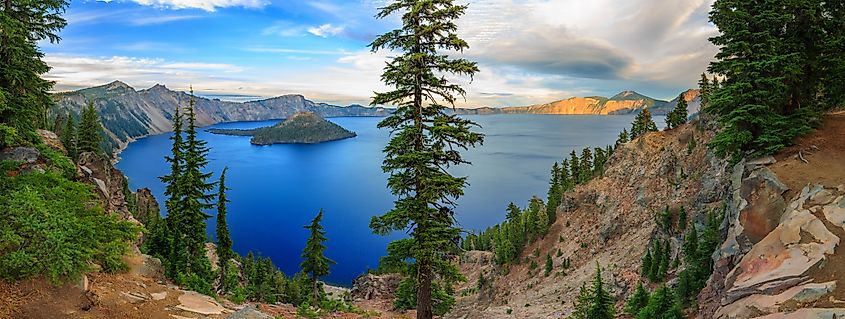
National parks are central to the Pacific Northwest’s allure. In Washington, Olympic National Park showcases ocean beaches, alpine peaks, and rainforest valleys. Mount Rainier towers over the landscape, while the North Cascades offer remote wilderness. Oregon’s Crater Lake—a volcanic caldera filled with impossibly blue water—attracts awe-struck visitors year-round.
In British Columbia, parks like Pacific Rim on Vancouver Island and Glacier and Yoho in the Rockies preserve vast swaths of untouched terrain. Gwaii Haanas National Park Reserve in Haida Gwaii blends environmental stewardship with Indigenous co-management—a model increasingly adopted across the region.
Other highlights include the Columbia River Gorge, Hells Canyon (North America’s deepest river gorge), and the stunning Malaspina Glacier in the Coast Mountains.
A Cross-Border Culture with Shared Values
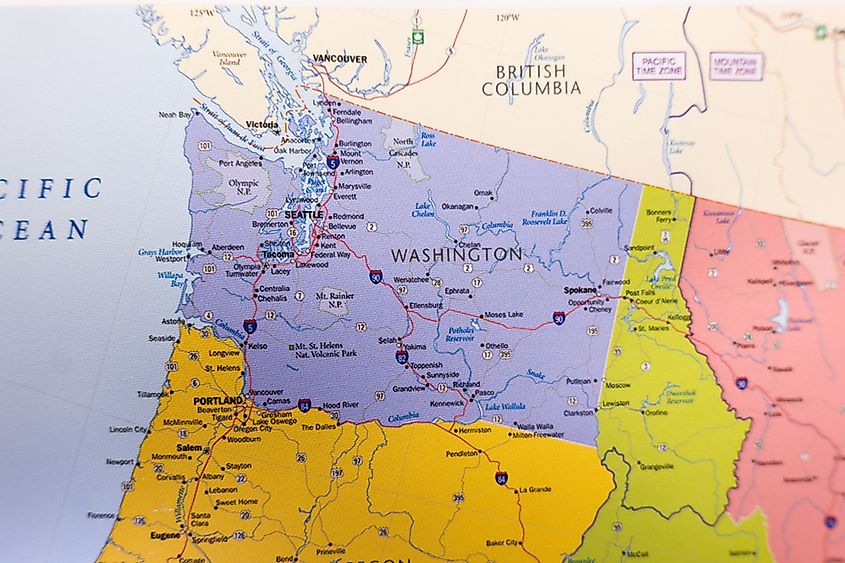
The Canada–US border cuts through the Pacific Northwest, but the region often operates with a sense of cultural continuity. Shared environmental concerns, appreciation for the outdoors, progressive politics, and a deep respect for Indigenous heritage bind communities across the border.
Canadian historian Ken Coates has remarked that the region’s identity isn’t just influenced by the boundary—it’s defined by it. Pacific Northwesterners may hold different passports, but many share a common regional ethos. The Cascadia movement, which envisions a bioregional community spanning Oregon, Washington, and British Columbia, reflects this transnational spirit.
FAQs About the Pacific Northwest
What states and provinces are considered part of the Pacific Northwest?
Most commonly, the Pacific Northwest includes Washington, Oregon, Idaho, and British Columbia. Broader definitions sometimes add Northern California, Alaska, western Montana, and the Yukon.
What is the climate like in the Pacific Northwest?
Coastal areas are mild and wet, with frequent cloud cover. Inland areas east of the mountains are drier, with some regions classified as semi-arid or arid. The high elevations and northern areas may experience alpine or subarctic climates.
Are there active volcanoes in the Pacific Northwest?
Yes. Notable active volcanoes include Mount Rainier, Mount St. Helens, Mount Hood, Mount Baker, and Mount Shasta. These are part of the Cascade Range, which lies along the Pacific Ring of Fire.
What are some must-visit natural attractions?
Highlights include Olympic and Crater Lake National Parks, the Columbia River Gorge, Vancouver Island, the San Juan Islands, and Gwaii Haanas National Park Reserve.
Why is the Pacific Northwest culturally unique?
The region’s shared history of Indigenous settlement, environmental activism, cross-border integration, and progressive urbanism gives it a distinct cultural flavor not found elsewhere in North America.
